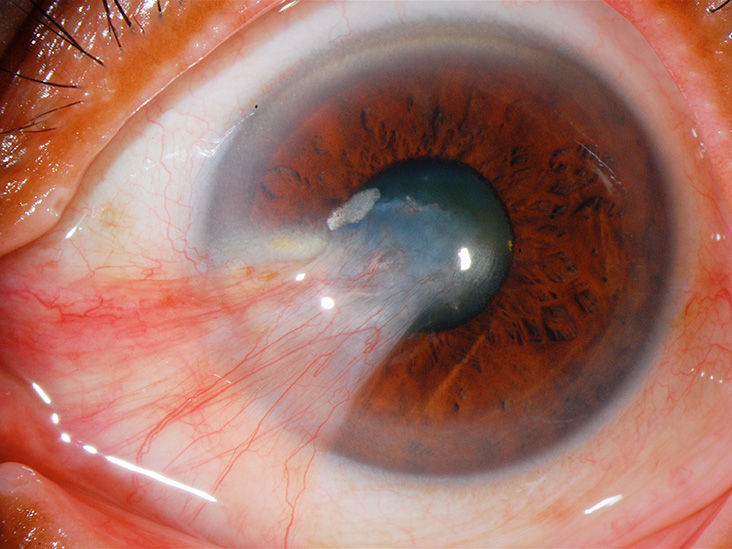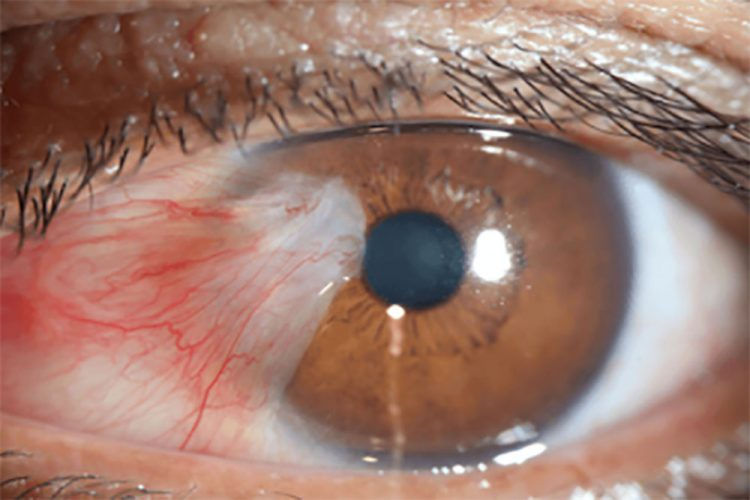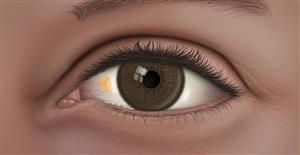Eye pterygium- Should I prevent it or treat it? How to prevent it.
- Dr. Adesh Mahabir

- Aug 1, 2020
- 2 min read
Updated: Aug 4, 2020

What is a Pterygium?
pronounced as (tu-RI-gee-uh) and sometimes referred to as “Surfer’s Eye”. A pterygium is a common eye problem in the tropics. It is a pink flesh like growth on the front of the eye. It occurs most frequently on the side of the eye closer to the nose but can occur on the outer aspect of the eye as well. It is not cancerous but can grow large enough to affect the vision of that eye and is easily visible when large. It can occur in one eye or both and the plural form is called a pterygia.

Symptoms
It may cause no symptoms
Or it can cause mild to severe symptoms
Most people complain of a red appearance of the eye or an irritating sensation in the eye called a “foreign body sensation”. As it grows, it may actually go on to induce astigmatism and cause blurring of vision. In large pterygia that grow to cover the pupil (centre) of the eye it may lead to severely diminished vision.

Risk factors
The main risk factors include
· Living in the tropics
· Exposure to UV-radiation (sun)
· Exposure to dust
· Exposure to a dry climate
Prevention
Prevention focuses on the reduction of the risk factors above.
· Wear 100%UV-protecting sun shades or goggles
· Keeping well hydrated
· Using artificial tears
What is a Pinguecla?
Pterygia start off as a small yellow area on the eye called a pinguecla (in the picture below) and slowly grow to form the pterygia.

Treatment
Treatment can only be determined at the time of clinical examination by an ophthalmologist (eye doctor or specialist). Your eyes will be examined on a slit-lamp. When assessed you may need either observation and eye drops or pterygium surgery. All patients will need to wear UV-blocking eye shades or goggles and recommended eye lubricants to reduce the risk factors.
Further treatment will aim to address the symptoms and signs including the vision of the patient.
These include eye drops with anti-inflammatory effects including NSAID’s or steroids. In some cases, patients may need surgery.
Pterygium surgery will include removal of the pterygium in addition to a graft to fill the defect created by the removal of the pterygium. The graft may be held in place with special glue while it heals. This reduces the risk of recurrence and produces a more cosmetically pleasing result.
Because pterygia are induced by UV-radiation it may co-exist with cataracts as they can also be induced by UV-radiation.
For further information or to make an appointment to see us call us at 319-3937 or
319-EYES




Comments